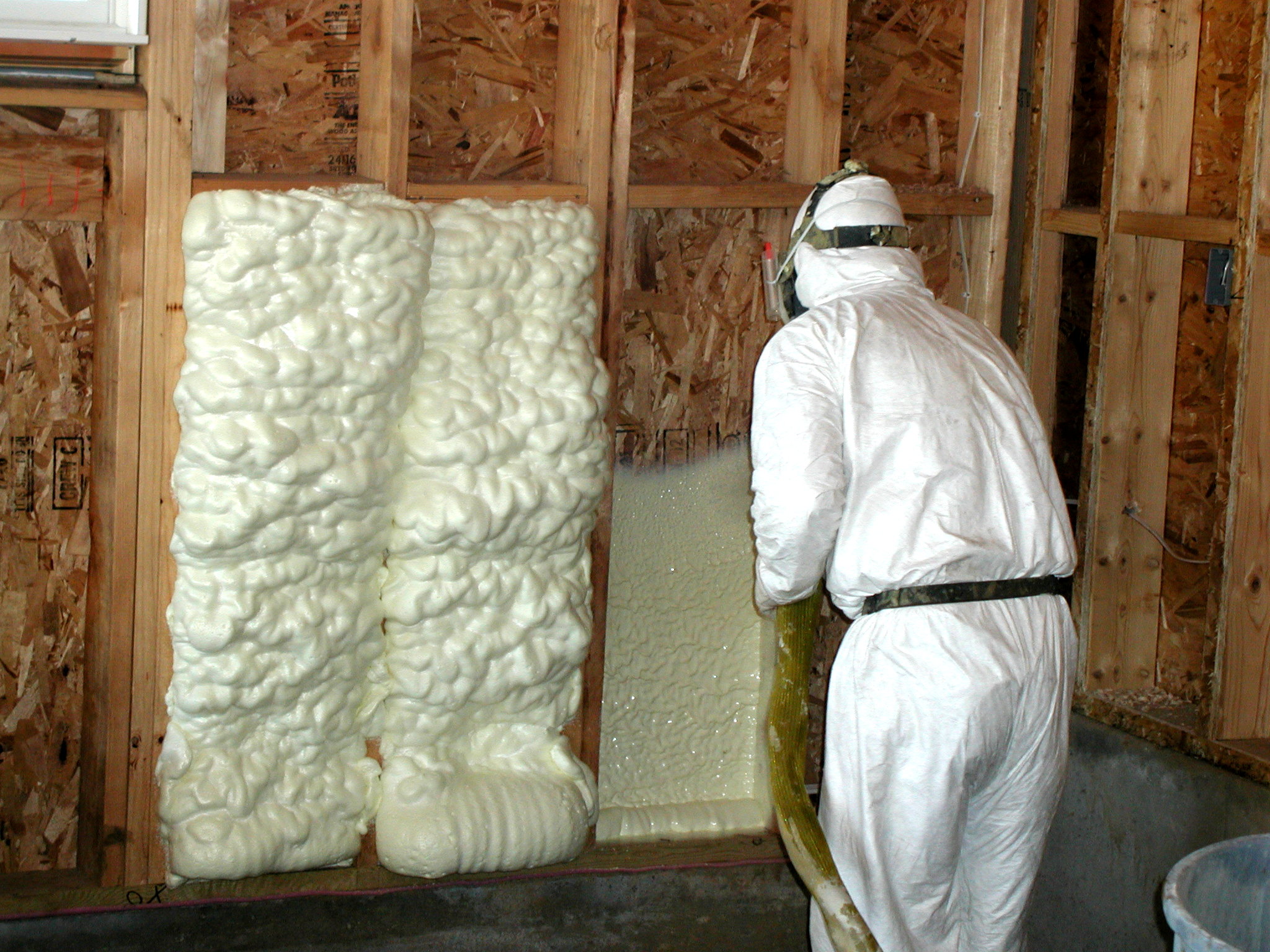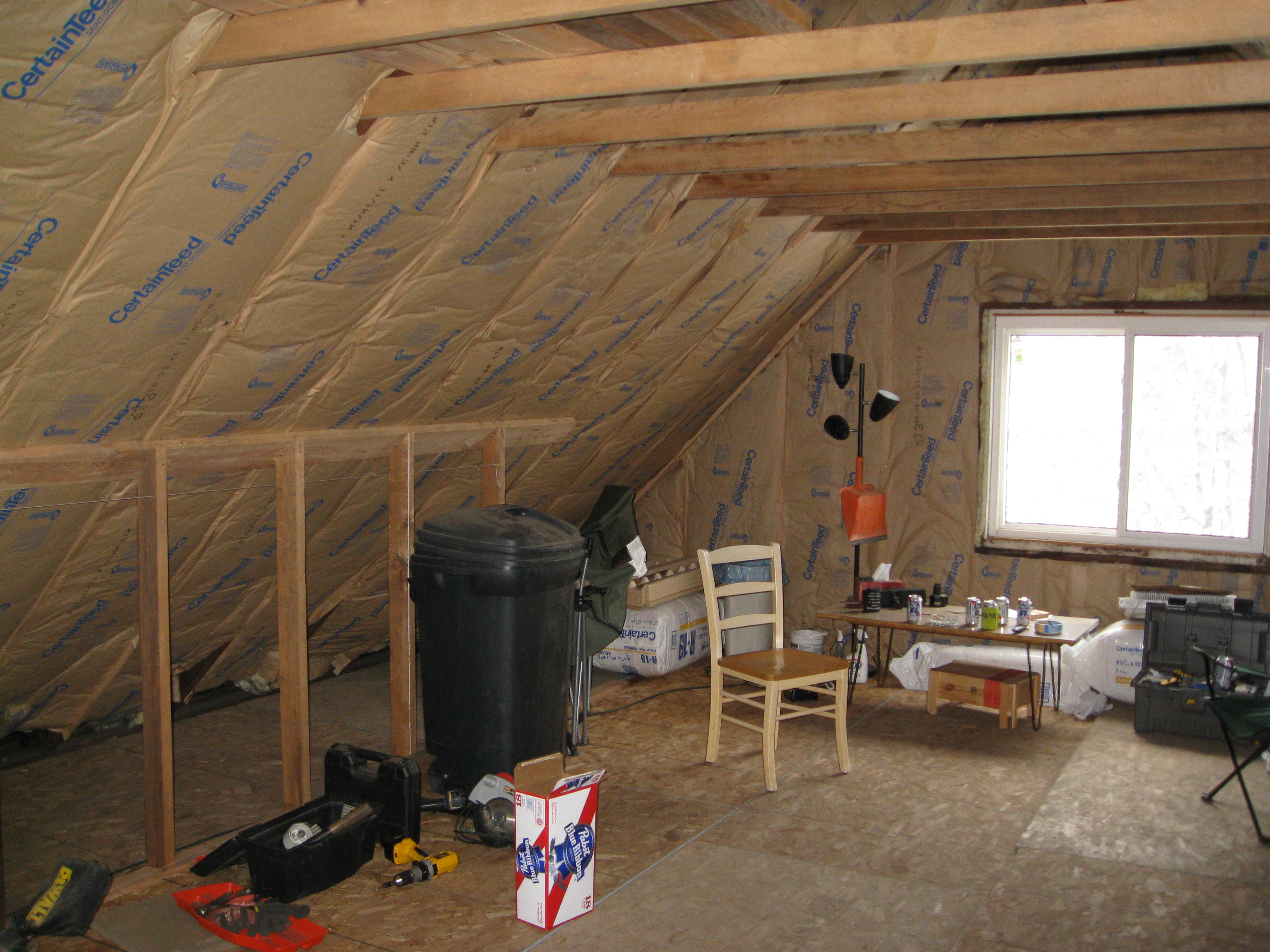47%! Exciting preliminary savings.
Today we received some very exciting news. It appears that the energy savings from one of the early projects from Energy Smart’s new process is experiencing serious energy savings as well as large comfort gains.
Comparing one month to another month is tricky business, and not necessarily enough to hang your hat on without substantially more sophisticated methods than what we have. So this is preliminary data, not final data. We like to look at annual data because it smooths out the hills and valleys pretty well. Still, it’s exciting!
Here is a screen shot of this year’s bill vs. last years bill:
That’s a $44.75 savings from last November to this November. Not an amazing dollar amount, but natural gas is cheap, if you could buy a gallon of it it would cost less than $1. The 40.9% drop that it represents hides the fact that gas got a little cheaper this year even though delivery costs nearly doubled. Tricky, tricky.
Here is where the real magic comes in, though, check out this graph from the gas bill:
Last November our client used 15.1 mcf (thousand cubic feet of natural gas). This year he used 8.0. That’s a 47% drop.
The real proof in the pudding comes a year from now when we see what happens to that bottom number, 146.1, the annual usage. This client told us he was actually looking forward to winter. We heard that a couple times this year, we have this strange effect on people…
Before we got too excited, we looked closely at the bill. Both months had 29 day billing cycles. Check. Both months were actual readings, not estimates. Check. And better yet, this November was colder than last November by about 9%.1 So the bill dropped 47% despite the fact it was 9% colder. As Charlie Sheen said when he was doing an untold number of drugs, ‘Winning!’ Don’t worry, we aren’t on tiger blood.
OK, Enough Shilling, What’s Not Right
Yes, a 47% drop is pretty good. But what about the results? By installing an Ecobee thermostat, we discovered that the humidity levels in the home are too high, and because we substantially air sealed the home (a 45% drop, since this post seems to be full of percentages), the moisture is sticking around. The home will need a proper kitchen fan and some supplemental dehumidification.
A comfort issue has also not been completely solved yet, the master bedroom is still running about 5 degrees below the rest of the house. Because Energy Smart does continuous commissioning, meaning we continue working with you after the job is done to be sure objectives were met, we’re working on a solution for this, it likely can be adjusted by adjusting the floor vents for the furnace, but we’ll find out.
Why weren’t some issues solved on the first try? It’s simple, we only did part of the recommended work. Master bedroom comfort was also a secondary objective. This project represented the option that best fit the budget the client gave us to work with, they have 2 more plans we developed with more options to try.
The primary thing we were called for was the fact that the house dropped 20 degrees during a 6 hour power outage during a Polar Vortex last winter, then took 48 hours to come back up to temperature. Since we monitor the house with the Ecobee thermostat remotely, we saw that this is no longer a problem.
Here is proof.
Take a look at this chart, the green line is indoor temperature, this is during the recent cold spell. He just turned down the thermostat from 70 to 50. In over 10 hours, the indoor temp has only dropped 6 degrees despite 20-25 degree outdoor temps, a nice reversal. We love clients who have fun experimenting!
Overall it’s fair to say the client is quite happy. He emailed us this just this morning: “Nearly $50 extra in my pocket ? Well done Home Energy Performance Master ;)”
The Old Way Saved A Lot Less
Our client inspired us to check on a few older projects to see how they performed. When Energy Smart was contracting, we had an excellent reputation, check out our testimonials, Google reviews, or look us up on Angie’s List. Still, 2 jobs that we just checked up on saved about 10% each for what would be considered substantial attic jobs. It was very disappointing.
The Importance of Going Further (and Love)
We often compare Home Performance – making your home comfortable, healthy, long lasting, and efficient – to getting healthy. You can’t just diet 3 days a week and expect results. It takes more. you have to commit.
While the 10% projects were decent attic jobs, this 47% project was also primarily an attic job (we also fixed a crawlspace). But there was a strong focus on air leakage reduction and not just insulation. This is not common. Energy Smart was one of the best insulation contractors in the area, and we didn’t always deliver remarkable results. How would the results of other contractors compare?
These results are remarkable. But it wasn’t a $4000 job. It was a $17,000 job. There were several days of setup doing carpentry work, adding a bathroom fan and some new light fixtures. Several walls got dense packed with cellulose insulation. A bunch of knee wall attics got spray foamed and sealed. A crawlspace got encapsulated, meaning moisture was locked into the ground and it was truly made part of the house. We watched the crew the whole time and spent a day and a half afterwards making sure everything was what we wanted it to be. A great deal of love went into this project. And it worked.
Time for the Pitch
If you’ve tried half measures and found they delivered quarter results while trying to fix a hot or cold room, icicles, moisture problems, indoor air quality issues, and so forth, it’s time to try full measures and see full results. Don’t just call, though. Spend some time reading on this website, and be sure that we are the ones for you.
If you don’t think we are the one for you, go try the half measures, and when that doesn’t work we can help you undo those half measures (at additional cost, of course) and then redo them properly with a results focus. Yes, that’s a little harsh, but it’s true.
When you have decided that we are the ones for you, fill out our questionnaire to get a discount on an initial consultation and save us both time and money. In the meantime, here is some stuff to digest.
Further Reading
The Science Behind What We Do – Home Performance is rooted in science. Everything is interconnected, and we try hard to keep those connections in mind. Here’s the basics, plus links to go down the rabbit hole if you like.
Problems We Can Help With – Want to know if we can help? Here’s a starter list.
Indoor Air Quality – The air inside most of our homes is lousy, typically 2-8 times worse than outdoors. Here’s the rundown on what IAQ is.
Indoor Environmental Quality (IEQ) – True comfort is more than just thermal comfort. Find out more about what is involved here.
1 The best way we’ve come up with to understand how hot or cold it is outside is called a heating degree day (HDD). To come up with it, you subtract the outside temperature from a base temperature, typically 65 degrees. So if it’s 20 degrees outside, you subtract 20 from 65 to get 45. That day experienced 45 heating degree days. You add those up for a month, then again for a year. Cleveland typically experiences somewhere in the range of 6000 heating degree days each year. We also have cooling degree days, but those are for another day.
In this case, the billing period for November 2013 experienced 584 HDD. November 2014 experienced 638. (638-584)/584 = 9.24% difference.
Get the HVAC Guide

It's free! Make buying a new furnace, air conditioner, or heat pump less stressful.










